Should I See A Chiropractor Osteopath Or Physiotherapist
Should I see a chiropractor osteopath or physiotherapist? When in pain, many of us have asked ourselves this. We want the right practitioner to offer creative and effective solutions. I will compare these three professions in this article to help you choose the best one for you.
Understanding the practitioner's approach and expertise is crucial to finding the right one. Exercises and techniques used in physiotherapy restore movement and function. Chiropractic care focuses on manual adjustments to align and relieve pain in the spine and nervous system. Osteopathy emphasizes the interconnectedness of body systems and uses manual techniques to improve health.
Understanding their philosophies helps us choose a treatment modality that meets our healthcare innovation goals. Let's explore each profession, hear from patients who have received treatment, and find the best back pain or musculoskeletal solution.
Chiropractor Osteopath Or Physiotherapist
To relieve pain, see a chiropractor, osteopath, or physiotherapist. These musculoskeletal specialists can treat many conditions effectively. They have the skills to treat back pain, neck stiffness, and joint issues and improve your health.
Chiropractors diagnose and treat mechanical musculoskeletal disorders, particularly spine disorders. They treat spine misalignments with manual adjustments and other methods to relieve pain and restore function. Chiropractors educate patients and recommend exercises and lifestyle changes for long-term healing.
Osteopaths consider the whole body, including the musculoskeletal system. Their hands-on manipulation, stretching, and massage techniques relieve movement restrictions and optimize body function. Additionally, osteopathy treatments may include the incorporation of acupuncture and nutrition advice.
Physiotherapists, or physical therapists in some countries, specialize in movement and rehabilitation. They examine your body and review your medical history to create a personalized treatment plan that may include exercises, stretches, manual therapy like mobilization or soft tissue release, and electrotherapy like ultrasound or electrical stimulation. The goal of physiotherapy is to improve mobility, strength, and flexibility while managing pain.
In conclusion, finding the right pain relief practitioner is essential. Do some research to find a professional who meets your needs and preferences, because each profession has its own treatment approach. Open your mind during this process, as different practitioners may view your condition differently. By taking the time to find the right practitioner, you can improve your results and find lasting relief.
Finding The Right Practitioner
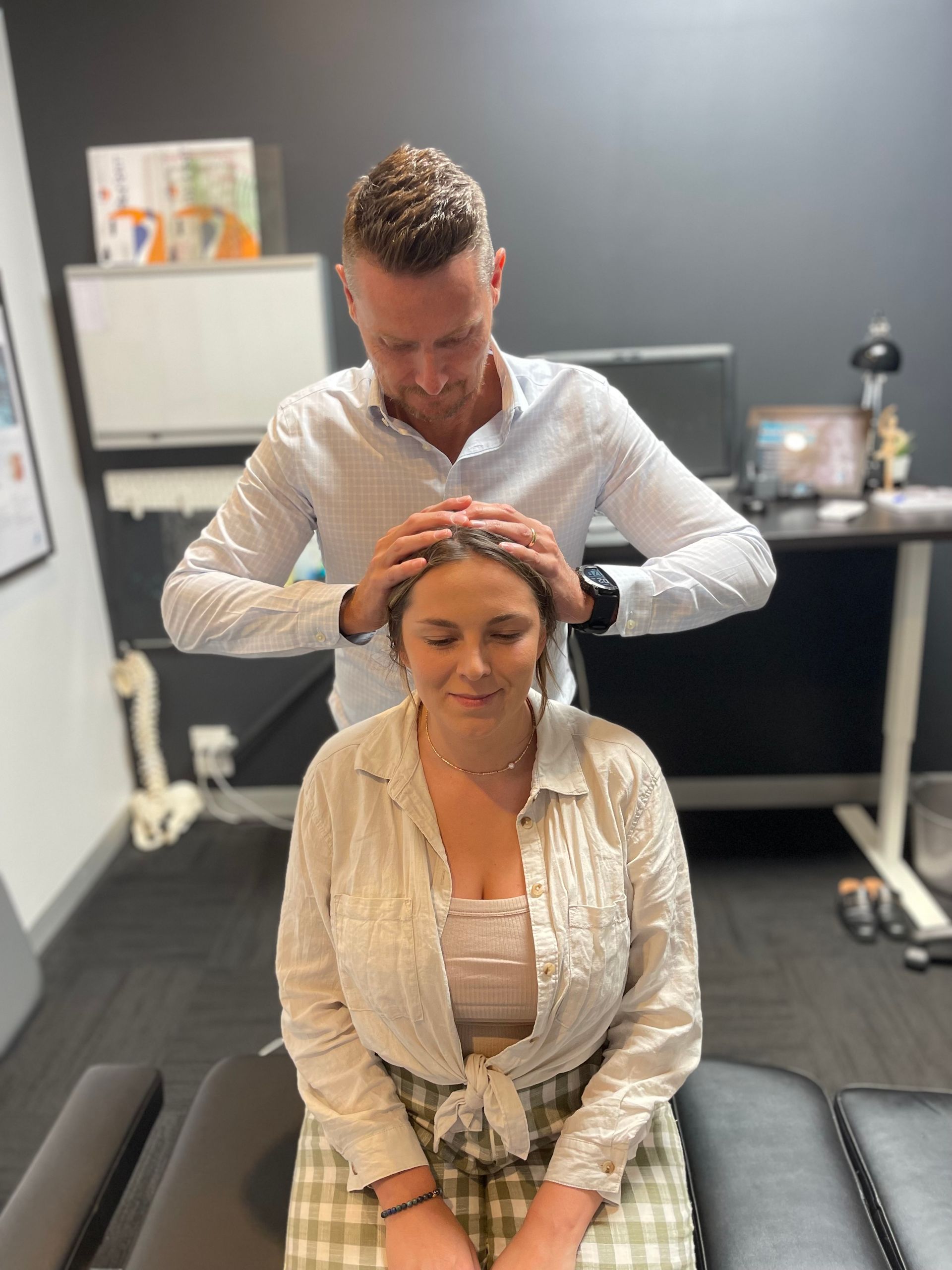
Find the right specialist for your needs. Simply find the best doctor for you.
Finding the right healthcare professional involves several factors. First, decide what treatment you need. Do you need a chiropractor, osteopath, or physiotherapist? Understanding your needs is crucial because each profession has its own approach and techniques.
If you have back or joint pain, chiropractors and osteopaths may help. Chiropractors adjust and manipulate the spine to relieve pain and improve mobility. Osteopaths consider the whole body's function and use manual therapies to restore balance.
Physiotherapy may be best for injury or surgery recovery. Physiotherapists use movement and exercise to restore strength, flexibility, and function. They collaborate with patients to create customized treatment plans for specific issues.
Start by researching local chiropractors, osteopaths, and physiotherapists to find the right fit. To assess their expertise and patient satisfaction, read patient reviews. You can also ask your primary care physician or friends and family with similar experiences for advice.
When seeking musculoskeletal care or rehabilitation after surgery or injury, finding the right practitioner is crucial. Your needs will determine whether you need a chiropractor, osteopath, or physiotherapist. Research local experts in each field and weigh patient satisfaction when choosing.
Physiotherapy Or Physio
Discover how physiotherapy can change your life and help you regain strength, flexibility, and function.
Understand the differences between chiropractors, osteopaths, and physiotherapists before choosing one. Chiropractors and osteopaths treat joints first, but physiotherapy, part of traditional medicine, restores movement and function.
Physiotherapists are highly trained healthcare professionals who assess, diagnose, and treat many muscle, joint, nerve, and bone conditions. They help patients achieve their goals with evidence-based manual therapy, exercise prescription, electrotherapy, and education. Physiotherapists treat the whole body, not just symptoms.
Osteopaths emphasize manual musculoskeletal manipulation but also take a holistic approach. Osteopaths believe that manipulative therapy or osteopathic adjustments improve health by restoring body balance. Although they share beliefs, chiropractors focus on spinal adjustments to relieve pain and align the spine.
Adding physiotherapy to your healthcare routine can treat both symptoms and causes. We want long-term function and quality of life, not just temporary relief. If you want an innovative treatment that combines personalized care with scientific, evidence-based practices, try physiotherapy.
Chiropractic Or Chiro
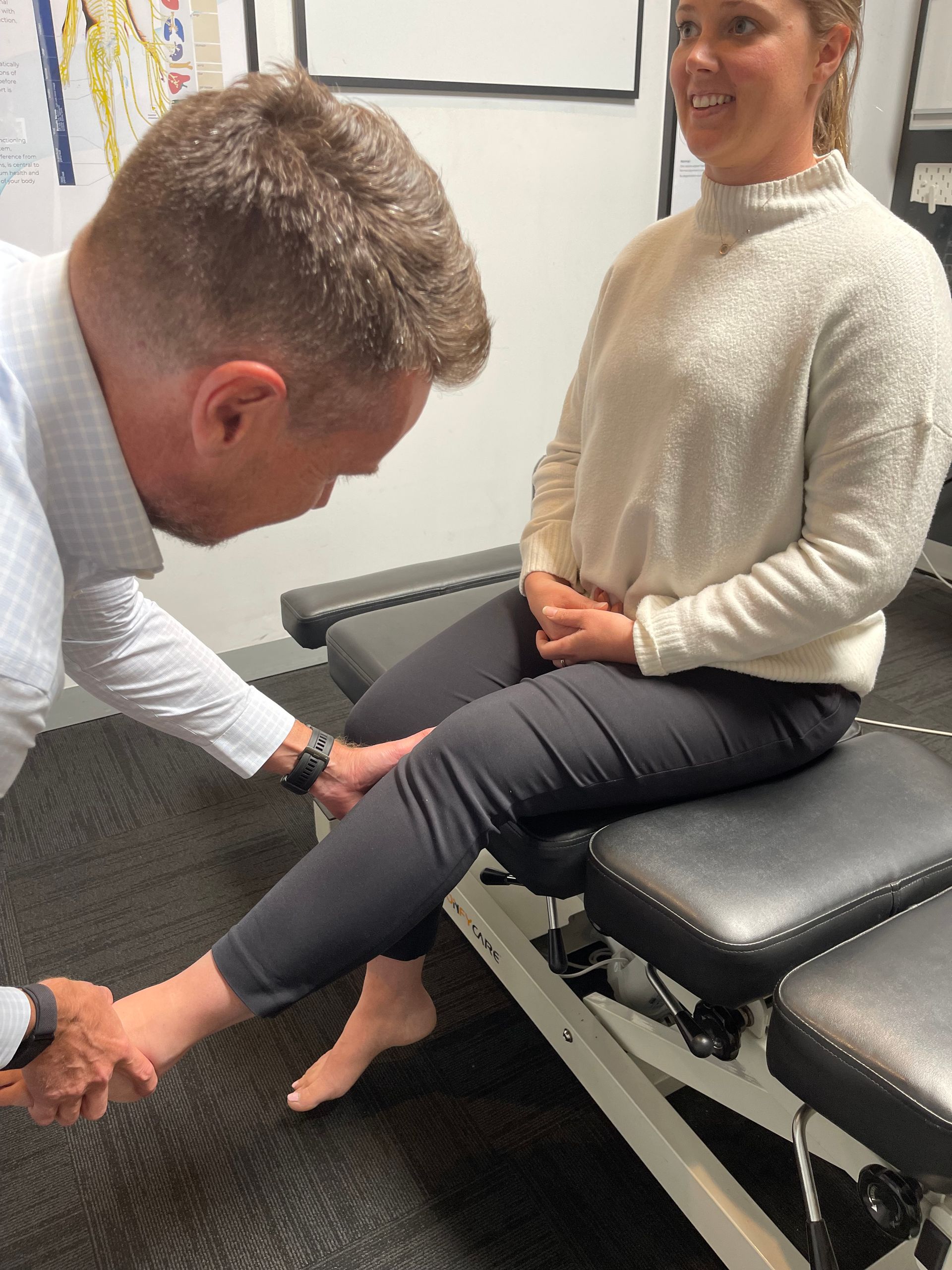
Let's explore chiropractic, or chiro, a fascinating option with unique benefits. When seeking musculoskeletal care, many people consider a chiropractor. Chiropractic care treats mechanical musculoskeletal disorders, particularly spine disorders. Joint manipulation is one of chiropractors' main methods for treating spinal pain and dysfunction.
Non-invasive chiropractic care is an advantage. Chiropractic care is hands-on, unlike surgery or medication. Individuals who prefer natural treatment without drugs or invasive procedures prefer this approach. As part of their holistic approach, chiropractors consider how diet and exercise affect health.
Prevention is another focus of chiropractic care. Regular chiropractic visits can detect issues before they worsen. Early correction of misalignments or imbalances may prevent future issues and improve spinal health.
Chiropractic and osteopathy both focus on manual therapy and musculoskeletal health, as we'll see in the next section. Different approaches to patient care distinguish these professions.
Exploring Osteopaths
Explore osteopaths' manual therapy and musculoskeletal health approaches for a new perspective on holistic healthcare. As healthcare professionals, osteopaths aim to restore balance and promote self-healing by treating the whole body. Five reasons to consider an osteopath:
- Comprehensive assessment: Osteopaths take the time to thoroughly assess not only the area of pain or discomfort but also the entire body. They consider how different systems within the body may be interconnected, which can lead to a more accurate diagnosis and targeted treatment plan.
- Hands-on approach: Osteopaths utilize manual therapy techniques such as soft tissue manipulation, joint mobilization, and stretching exercises. These techniques aim to improve mobility, reduce pain, and enhance overall function. By using their hands as their primary tool, osteopaths provide personalized care tailored to each individual's needs.
- Holistic perspective: Osteopathy recognizes that physical health is closely intertwined with mental and emotional well-being. Osteopaths often take into account factors such as stress levels, lifestyle habits, and postural imbalances when developing treatment plans. This holistic approach allows for a more comprehensive understanding of musculoskeletal conditions.
- Preventive care: In addition to treating existing conditions or injuries, osteopaths prioritize preventive care. They work with patients to identify potential risk factors or areas of weakness in order to prevent future problems from arising. By addressing these issues early on, individuals can maintain optimal musculoskeletal health in the long run.
- Collaborative approach: Osteopaths often collaborate with other healthcare professionals such as chiropractors and physiotherapists when necessary. This interdisciplinary approach ensures that patients receive comprehensive care that addresses all aspects of their condition.
To choose the right chiropractor, osteopath, or physiotherapist, you must understand their differences. You can better understand how osteopaths can improve your health by exploring their unique qualities and benefits.
Understand The Differences

Understanding the differences between chiropractors, osteopaths, and physiotherapists helps you choose the right one for your needs.
Chiropractors focus on spine alignment and use manual adjustments to relieve pain and improve function. Many people see a chiropractor for back, neck, headache, and joint pain. Chiropractors use spinal manipulations to realign and relieve pain.
However, physiotherapists use various techniques and exercises to treat injuries and chronic conditions. Physiotherapy restores movement, strength, flexibility, and pain. Physiotherapists treat sports injuries, post-surgical rehabilitation, neurological disorders, and respiratory issues in all ages. They customize treatment plans and help patients regain daily independence.
Knowing the differences between these two fields can help you choose a treatment for your health condition. Physiotherapists use exercise-based therapies to treat injuries and chronic conditions, while chiropractors focus on spinal adjustments. Choosing between these two options requires considering your current symptoms and long-term recovery goals.
Moving on to 'when to seek treatment,' chiropractors and physiotherapists can help with many health issues. The right time to see either professional depends on the situation. Understanding the differences between these practitioners' approaches and expertise will help you choose the best route for your needs.
When To Seek Treatment
Prolonged pain or limited mobility may require professional treatment. Chiropractors, osteopaths, and physiotherapists treat back pain, joint stiffness, and muscle tightness.
These healthcare professionals have different specialties and treatment methods. A chiropractor uses manual adjustments to relieve pain and improve function in the spine and nervous system. Osteopaths use manipulation and stretching to treat the whole body. Physiotherapists use movement and exercise to relieve pain and restore function.
Your condition and preferences determine which professional to see. If you have chronic spine or nervous system pain, a chiropractor may be best. Chiropractors diagnose and treat sciatica, herniated discs, and spinal misalignments. If you prefer a holistic approach that considers your entire body's health rather than just one issue, an osteopath may be worth considering.
Physiotherapy may be right for you if you have general musculoskeletal issues or need rehabilitation after surgery or injury. They'll create a customized treatment plan with exercises. Physiotherapy can improve strength, flexibility, balance, and physical function.
In conclusion, if you're in pain or limited in mobility, see a chiropractor, osteopath, or physiotherapist. Each has specialties in treating different conditions. When making this decision, take into account your preferences and the specific needs that need to be addressed.
Benefits Of Chiropractic Care
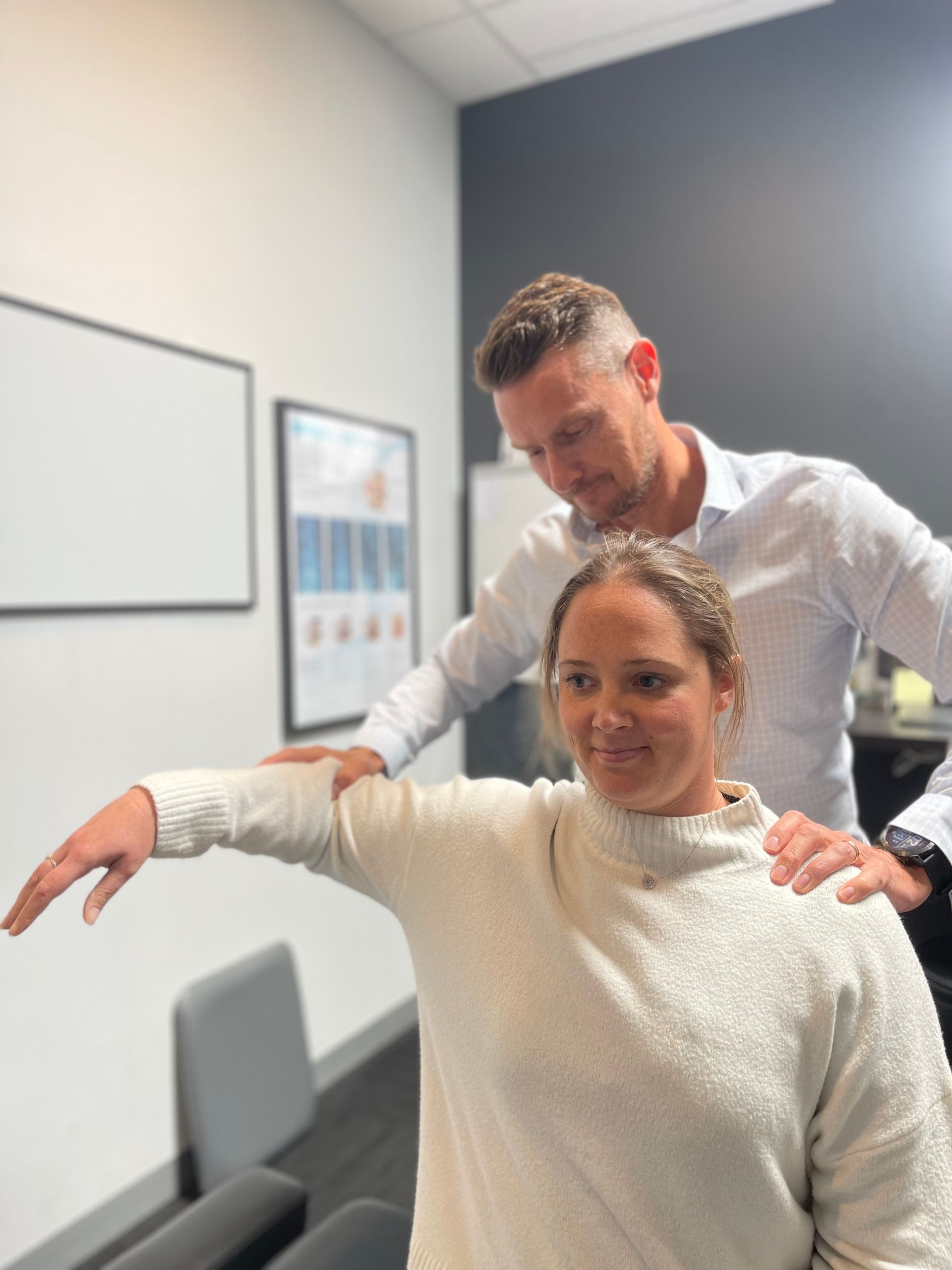
When I get aches and pains, I want to find the right doctor. After considering when to seek treatment, I'm researching chiropractic benefits.
Chiropractors helped me with musculoskeletal issues. They specialize in manual spine alignment and joint manipulation. Hands-on treatment reduces pain and improves body function.
Drug-free pain relief is a major benefit of chiropractic care. Instead of masking symptoms with medication, they treat the cause. Chiropractors reduce muscle and soft tissue inflammation and tension by manipulating misaligned joints and improving spinal alignment. Many chronic pain and acute injury sufferers have found this natural approach effective.
Another benefit of chiropractic care is its holistic approach. Instead of treating symptoms, chiropractors consider body-system interconnections. They adjust and manipulate the musculoskeletal system to restore balance, which can improve other bodily functions.
As an example:
- Improved posture: Proper spinal alignment can help correct postural imbalances caused by prolonged sitting or repetitive movements.
- Enhanced athletic performance: By ensuring optimal joint function and reducing muscle imbalances, chiropractic care can help athletes perform at their best.
- Better overall well-being: Many people report feeling more energetic and experiencing improved sleep quality after receiving regular chiropractic treatments.
My musculoskeletal healthcare provider choice is crucial. Chiropractic care offers drug-free pain relief and a holistic approach to underlying issues, according to my research. However, osteopaths and physiotherapists may also work.
Benefits Of Physiotherapy
Imagine how much better you could feel and accomplish with physiotherapy. Physiotherapy is an effective way to restore movement and function. Unlike chiropractic care, which focuses on spinal adjustments, physiotherapy uses manual therapy, exercise prescriptions, and electrotherapy.
Physiotherapy treats the root cause of your pain or injury to relieve it and prevent future issues.
Physiotherapy's focus on active rehabilitation sets it apart from chiropractic and osteopathy. Unlike passive treatments like joint manipulations or massage, physiotherapists encourage patients to participate in their recovery. They collaborate with clients to create customized exercise programs that address specific issues. These exercises strengthen weak muscles, increase flexibility, and improve health. You actively participate in your healing with physiotherapy.
Physiotherapy can treat many conditions, another benefit. Physiotherapists treat a variety of conditions throughout the body, while chiropractors and osteopaths focus on spinal and musculoskeletal issues. A skilled physiotherapist can treat sports injuries, chronic pain, post-surgical rehabilitation, neurological disorders, and more.
Consider physiotherapy if you want more than spinal adjustments or muscular manipulations. Its focus on active rehabilitation, wide range of treatable conditions, and holistic approach make it a good choice for long-term health solutions.
Benefits Of Osteopathy
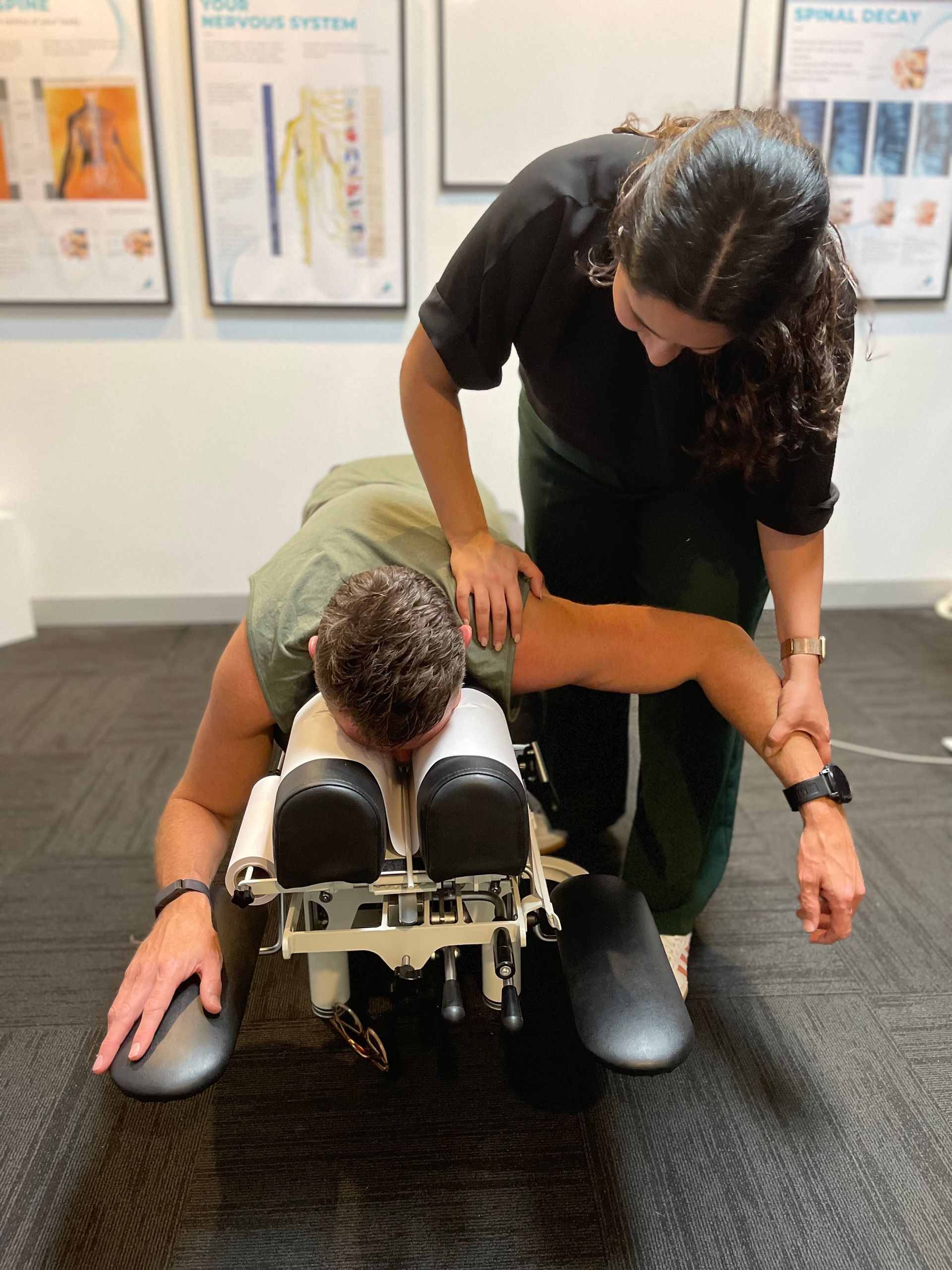
Let's examine osteopathy's health benefits. As an osteopath, I've seen this treatment's incredible benefits.
Osteopathy promotes body balance and alignment through the musculoskeletal system. Osteopaths treat pain and improve function by stretching, mobilizing joints, and manipulating soft tissues.
Osteopathy's holistic approach is a major benefit. Osteopathy treats the whole body, unlike physiotherapy and chiropractic care, which treat specific symptoms.
An osteopath will treat your immediate concerns and identify and resolve any underlying issues that may be causing your pain.
Osteopaths prevent rather than treat symptoms, which is another benefit. Osteopaths educate patients about their bodies and give them exercises to stay healthy.
Early imbalance correction can prevent injuries and promote long-term health.
Finally, osteopathy's gentleness is a unique benefit. Osteopathy is non-invasive and doesn't use drugs or surgery. This makes it safe for infants and pregnant women. These gentle methods minimize treatment discomfort.
Choosing The Right Treatment
Should I see a chiropractor osteopath or physiotherapist? Compare osteopathy to physiotherapy and chiropractic care to make an informed treatment decision. All three professions treat musculoskeletal health effectively, but there are some key differences.
An osteopath takes a holistic approach to pain and dysfunction, treating the whole body rather than just the symptoms. This novel approach distinguishes osteopathy and benefits long-term patients.
Understand each profession's treatment methods before choosing a chiropractor, osteopath, or physiotherapist. Spinal adjustments and manipulations are chiropractors' main treatments for pain. Physical therapists use exercise and rehabilitation to restore mobility and function. Osteopaths use soft tissue manipulation, joint mobilization, and gentle muscle and bone manipulation. This comprehensive treatment covers your entire body.
Osteopathy emphasizes prevention over symptom management, which is a benefit. Osteopathic treatment provides immediate relief and restores body-system balance to improve health. An osteopath can tailor treatment to posture, lifestyle, stress, and diet to promote wellness beyond pain relief.
You should weigh the strengths of a chiropractor, osteopath, or physiotherapist against your needs when choosing one. As a pioneering osteopath, I believe in its holistic approach to treating symptoms and causes.
Considering Patient Experiences

Different patient perspectives can illuminate treatment efficacy and benefits. Hearing from others who have used a chiropractor, osteopath, or physiotherapist can help you choose one. Many chiropractic patients report positive outcomes. They like the hands-on spinal adjustments and manipulations to relieve pain and improve health.
Some find relief with osteopathic treatments. Osteopaths consider patients' overall health, not just the musculoskeletal system. Patients who see an osteopath often feel better after receiving comprehensive care.
Physiotherapy is another popular pain relief and rehabilitation option. Physiotherapists treat many conditions with exercise, manual therapy, and electrotherapy. These treatments help many patients reduce pain and improve mobility.
Choosing a treatment requires considering patient experiences. Chiropractic care may help one person with similar symptoms but not another. The same is true for osteopathy and physiotherapy. Remember that everyone's experience is different based on their condition and treatment response.
Understanding patient experiences with chiropractors, osteopaths, and physiotherapists can help you decide which approach is best for back pain or other musculoskeletal issues. Let's explore how these three treatments can manage back pain without medication or surgery.
Managing Back Pain
Alternative treatments for back pain can be effective without medication or invasive procedures.
Consider seeing a chiropractor. Doctors of chiropractic medicine diagnose and treat musculoskeletal disorders like back pain. They use spinal adjustments and manipulations to correct spine alignment and function, relieving pain and improving mobility. Many people report success with chiropractic care for back pain.
Osteopathy is another option. Osteopaths emphasize the body's structure and function in their holistic approach to healthcare. To relieve spine-related muscle, joint, and tissue tension, they use stretching, gentle pressure, and joint mobilizations. Osteopaths treat these imbalances to reduce back pain and promote healing. Osteopathy can help some people manage back pain with other therapies.
Physiotherapy is another back pain treatment option. Physiotherapists use targeted exercises and therapies to help people regain strength, flexibility, and mobility. They collaborate with patients to create customized back pain treatment plans. Physiotherapy may include massage, heat, cold, ultrasound, or electrical stimulation. Physiotherapists help back pain sufferers by targeting weakened or injured spine muscles with specialized exercises and therapies.
Whether you see a chiropractor, osteopath, or physiotherapist for back pain depends on your preferences and the severity of the condition. Each alternative relieves back pain differently. To choose the best option, consult a musculoskeletal specialist. These alternative back pain treatments may help you find relief and improve your quality of life.
Consider other non-invasive treatments that may complement the above approaches as we explore alternative back pain treatments.
Exploring Alternative Options
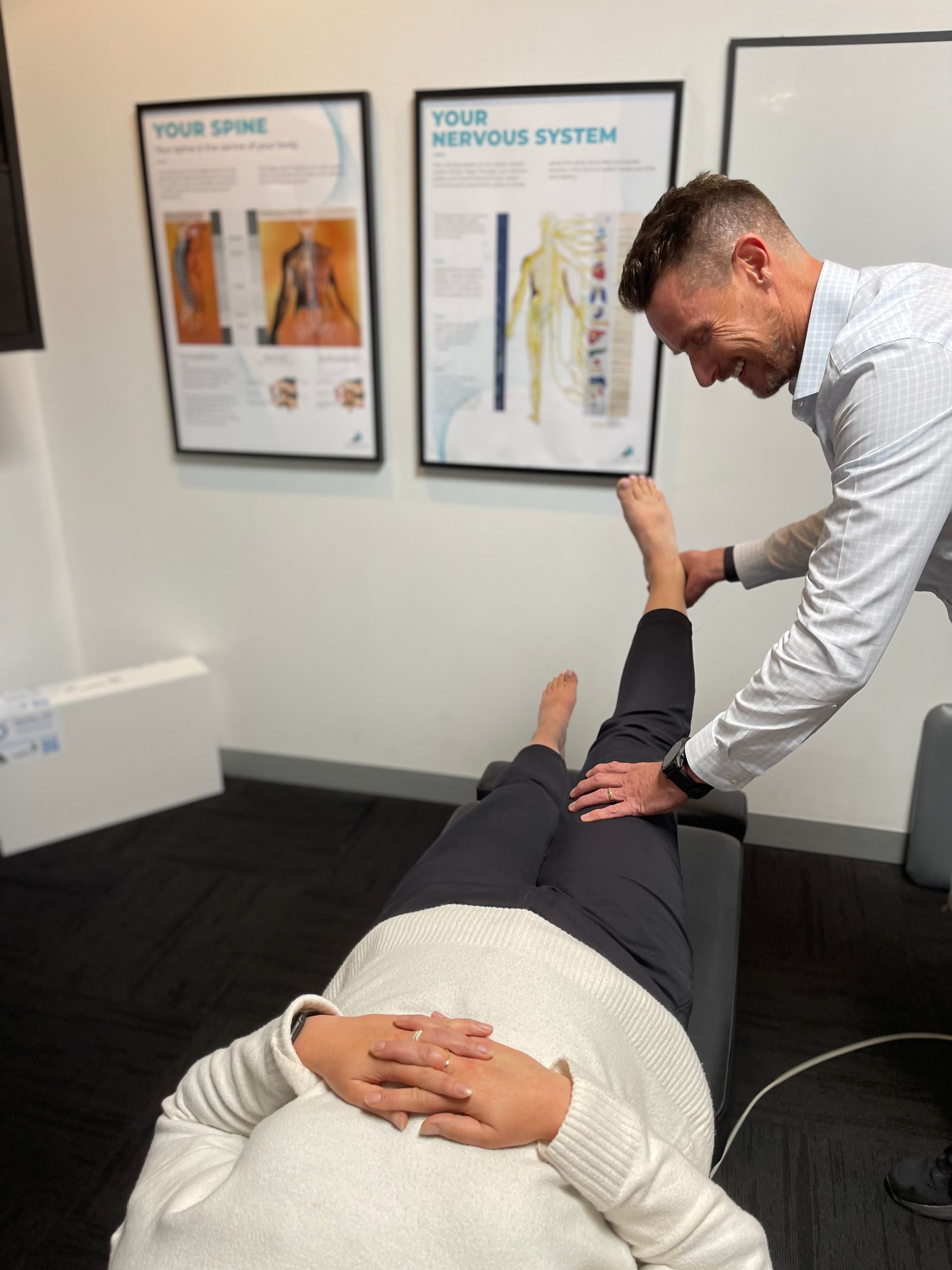
Back pain sufferers seeking non-invasive treatments may find hope and relief by exploring alternative treatments. There are several back pain alternatives:
- Acupuncture: This ancient Chinese practice involves inserting thin needles into specific points on the body to stimulate energy flow. Many people find acupuncture helpful in reducing pain and promoting relaxation.
- Yoga: Practicing yoga can help improve flexibility, strengthen muscles, and increase overall well-being. Certain yoga poses specifically target the back, providing relief from pain while also promoting proper alignment and posture.
- Massage therapy: A skilled massage therapist can work on tight muscles and release tension that may be contributing to your back pain. Different techniques such as deep tissue massage or Swedish massage can be used depending on your needs.
- Mind-body techniques: Techniques like meditation, mindfulness, and guided imagery can help you manage stress, which is often associated with chronic back pain. By calming the mind and reducing anxiety, these practices can indirectly alleviate discomfort.
You can find what works for you by trying these alternative treatments alongside chiropractors, osteopaths, and physiotherapists. This exploration lets you customize your pain management journey to fit your preferences and beliefs, whether you combine methods or focus on one.
Remember that not all alternatives work for everyone. What works for one may not work for another. However, being open-minded and willing to try treatments other than chiropractic care or physiotherapy increases your chances of finding a solution that relieves your pain and improves your quality of life. Don't be afraid to try new back pain treatments—innovation often happens outside our comfort zones!
Final Thoughts
In conclusion, when it comes to deciding whether to see a chiropractor, osteopath, or physiotherapist, the choice ultimately depends on your personal preferences and specific needs.
It is important to consider factors such as the practitioner's qualifications and experience, as well as their approach to treatment. Additionally, listening to patient experiences can provide valuable insight into what you can expect from each type of therapy.
Ultimately, the goal should be finding a treatment that not only alleviates your pain but also addresses the underlying cause of your discomfort. Whether you choose physiotherapy, chiropractic care, or osteopathy, it is important to remember that no single treatment works for everyone.
Should I see a chiropractor osteopath or physiotherapist? Exploring alternative options and seeking multiple opinions may be necessary in order to find the best approach for you. By taking an active role in managing your back pain and seeking out appropriate care, you can increase your chances of finding relief and improving your overall quality of life.?
Frequently Asked Questions
Can Chiropractic Care Help With Conditions Other Than Back Pain?
Beyond back pain, chiropractic care helps many conditions. As a creative thinker, you'll like that chiropractors emphasize the body's natural healing process. They can treat neck pain, headaches, joints, and digestive disorders. Chiropractors use hands-on manipulations and adjustments to correct body alignment and function.
If you want an innovative, non-traditional treatment for your health, chiropractic care may be worth considering.
How Long Does A Typical Physiotherapy Session Last?
A typical physiotherapy session lasts 30 to 60 minutes. The physiotherapist will assess your condition, perform exercises to improve mobility and strength, and give you home care instructions. Each session's length depends on the patient's needs and goals.
However, experts recommend regular sessions over time for the best results. For a non-invasive way to treat musculoskeletal issues and improve your health, physiotherapy may be right for you!
Are There Any Potential Risks Or Side Effects Associated With Osteopathy?
Osteopathy has risks and side effects like any medical treatment. Remember that these risks are rare and occur in a small number of cases.
The treatment may cause temporary soreness or discomfort, which usually goes away within a few days. Nerve or spinal cord damage has occurred in rare cases.
However, these cases are rare, and most people benefit from osteopathic treatments. As with any healthcare decision, you should consult with a qualified professional who can assess your situation and offer personalized advice on whether osteopathy is right for you.
Can Physiotherapy Be Effective For Treating Chronic Pain?
Physiotherapy effectively treats chronic pain. Using manual therapy, exercise, and education, physiotherapists help patients manage pain and improve quality of life.
Physical therapy uses innovative methods to restore function and mobility rather than just treating symptoms. By treating chronic pain's causes, physiotherapists empower patients to heal themselves.
Physiotherapy uses innovative methods like joint mobilization and personalized exercise programs to treat chronic pain.
What Are Some Alternative Treatment Options For Managing Back Pain besides Chiropractic, Osteopathy, And Physiotherapy?
There are many ways to treat back pain.
Acupuncture, which uses thin needles to stimulate energy flow and heal, is an innovative method. Massage therapy can relieve tension and improve circulation.
Yoga and Pilates are also popular for strengthening core muscles and improving flexibility, which can relieve back pain. Meditation and deep breathing reduce stress and discomfort.
If you're looking for holistic back pain treatment alternatives to chiropractic, osteopathy, or physiotherapy, try these innovative methods.
